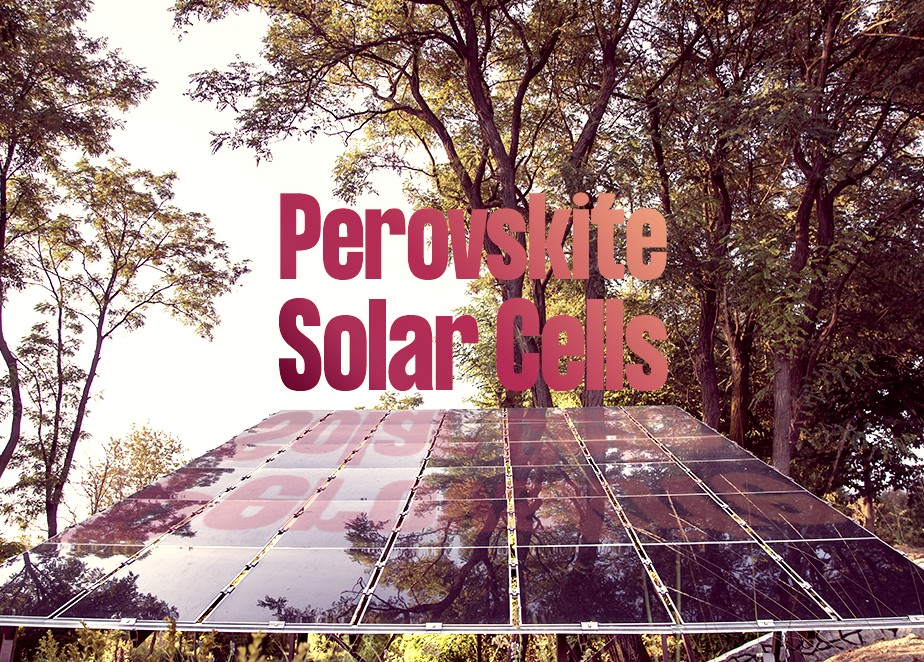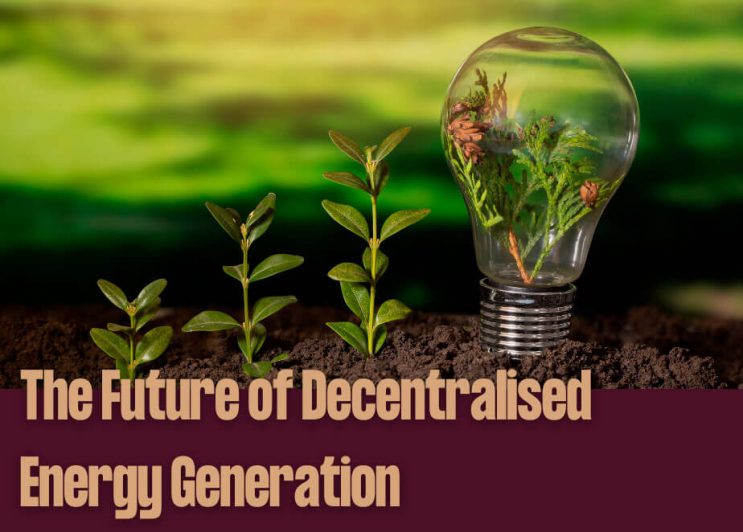Perovskite and solar photovoltaics

The rise of solar photovoltaics
Over the past couple of decades solar photovoltaic technology has become an indispensable part of the transition away from fossil fuels and towards a more sustainable future. According to the International Renewable Energy Agency IRENA the cost of solar PV fell by 82% between 2010 and 2019. In 2020, IRENAs sister organisation, The International Energy Agency IEA, published its World Energy Outlook Report, which found that solar power had become the cheapest electricity generation method in history.
The mechanics of solar photovoltaics
A typical solar photovoltaic cell is made up of a silicon semiconductor, which acts as the solar energy absorber. Silicon has four electrons in its outer shell. When silicon atoms group together, they form a crystalline structure. If an element like phosphorous is added, which has five electrons in its outer shell, it sits awkwardly in the structure, leaving one electron from each atom free to move around. Conversely, if an element like boron, which has only 3 electrons in its outer shell, is added to the silicon, it creates a void space where a silicon electron would otherwise be. If the top section of the silicon material is infused, or ‘doped’, with phosphorous and the bottom section is doped with boron, then the energy from photons of sunlight can jolt ‘spare’ electrons from the phosphorus-doped part of the silicon through a wire to fill up the void space in the boron doped region. That movement of electrons generates an electric current.
The limitations of solar photovoltaics
But the laws of physics impose a significant limitation on how efficiently a standard solar photovoltaic cell can convert the energy of the sun into an electric current. It’s known as the Shockley-Queisser limit, named after William Shockley and Hans-Joachim Queisser, who made the discovery back in 1961. It has to do with the amount of energy required to persuade an electron to move out of its position in the crystalline structure to become a mobile ‘conducting’ electron. This difference between the ‘resting’ energy state and the ‘mobile’ energy state is known as the band gap, measured in units called Electron-Volts. A very narrow bandgap material absorbs all the light over the solar spectrum, which generates a very high current, but only a very small voltage. A very wide band gap semiconductor generates a lot of voltage but only absorbs a small fraction of the sunlight. A semiconductor with a band gap of 3 electron-volts for example, would only absorb the ultraviolet part of the spectrum. Silicon’s band gap is 1.1 electron-volts and as such it represents an acceptable compromise between current and voltage, with a maximum conversion efficiency of about 32%.
The best silicon-based solar PV panels in use today only manage a conversion efficiency of just over 20%, largely due to reflection off the front of the cell and light blockage from the thin wires on the cell surface. Defects or blemishes in the material also affect efficiency, so cells are subjected to extremely high temperatures to get the defects out. That’s a very energy-hungry and expensive process. And for even more complex scientific reasons, photons need a little bit of help from slightly different waveforms known as phonons to provide enough energy to free electrons from a silicon structure and help them jump to the conductive layer. Getting randomly hit by a photon and a phonon is much less likely than just getting hit by one or the other on its own, so to increase the chances of that happening the middle layer of a silicon solar PV cell has to be relatively thick, adding significantly to the cost of manufacture.
Perovskite in solar photovoltaics
Perovskite occurs in nature as a mineral made from calcium, titanium, and oxygen. Scientists have now developed a whole class of materials call Perovskite Structures that can be synthesized from a wide variety of commonly available, and relatively cheap, chemicals. These structures can perform the same function as silicon in a solar PV cell, except they don’t need an extra phonon to liberate the electrons from their middle layer. Their structures are also much more tolerant of defects than silicon. That eliminates the need for the high-cost, high-energy machinery that silicon cell production requires, and it means perovskite PV cells can be manufactured as very thin films using a technique known as solutions processing. Perovskites can also absorb a wider range of light wavelengths than silicon, which means more of the sunlight hitting the panel can be converted into electricity. Another advantage that perovskite structures offer is that their band gaps can be increased or decreased depending on the materials used to create them in the lab. That brings in the possibility of creating cells using multiple layers, each with a slightly different band gap, so that more of the energy from the sun can be converted into electricity from a single cell ‘sandwich’. This configuration is known as a ‘multi-junction’ cell, and it can increase the overall efficiency significantly above the Shockley Queisser limit. Multi-junction cells using a combination of silicon and perovskite have already reached more than 29% percent efficiency and research is showing that they have the potential to push efficiency up to 40% and beyond.
The problem with Perovskite
The biggest drawback faced by perovskite structures is stability, which has proven to be a challenging issue for the commercialization of this photovoltaic technology. Perovskite solar cells can degrade quite quickly as a result of external environmental factors like oxygen, moisture, light, and heat. Degradation by oxygen and moisture can be eliminated by surrounding the cells in a protective outer coating, but that does not reduce light and heat degradation under normal operating conditions.
By contrast, the properties of Silicon are well established, and they provide a very high level of stability against environmental degradation. So, while perovskites have shown amazing energy conversion efficiency in the laboratory, it has been much more of a challenge to break into real-world mass production for the global solar panel market, where the tried and tested properties of silicon allow manufacturers to guarantee operational lifetimes of 25 years or more.
The future of Perovskite
A great deal of work has been carried out by dozens of academic and commercial institutions all over the world in search of the ‘holy grail’ of high conversion efficiency and long-term stability in perovskite cells. In September 2022, researchers at the US National Renewable Energy Agency, in conjunction with scientists from the University of Colorado Boulder and the University of California San Diego, published a paper demonstrating a unique architectural structure that retained 87% of its original efficiency after 2,400 hours of operation at 55 degrees Celsius, with a certified stabilized efficiency of 24% in normal sunlight. That represents the highest efficiency so far reported for a single junction cell.
Perovskite offers the tantalizing prize of an ultra-adaptable, ultra-thin, flexible, cheap, high-performance solar cell. If the technical and commercial obstacles can be overcome then our future solar power generation won’t come from bulky units bolted to our rooftops, but from virtually transparent films coating roofs and walls, skylights and windows, and even the panels of large vehicles like trucks, buses and trains. If we can achieve that then perovskite technology looks set to play a major role in the transformation of our urban environments into sustainable, low-carbon living spaces.
Strathsquare is a seed stage project initiator that provides required resources to entrepreneurs and innovators. We are driven by a sense of urgency to transition away from unsustainable technologies and processes, we believe that what we do should have a genuinely positive impact on society and our environment.
If you have an innovative idea
We are committed to supporting innovators who have the potential to make businesses more sustainable and for all.


